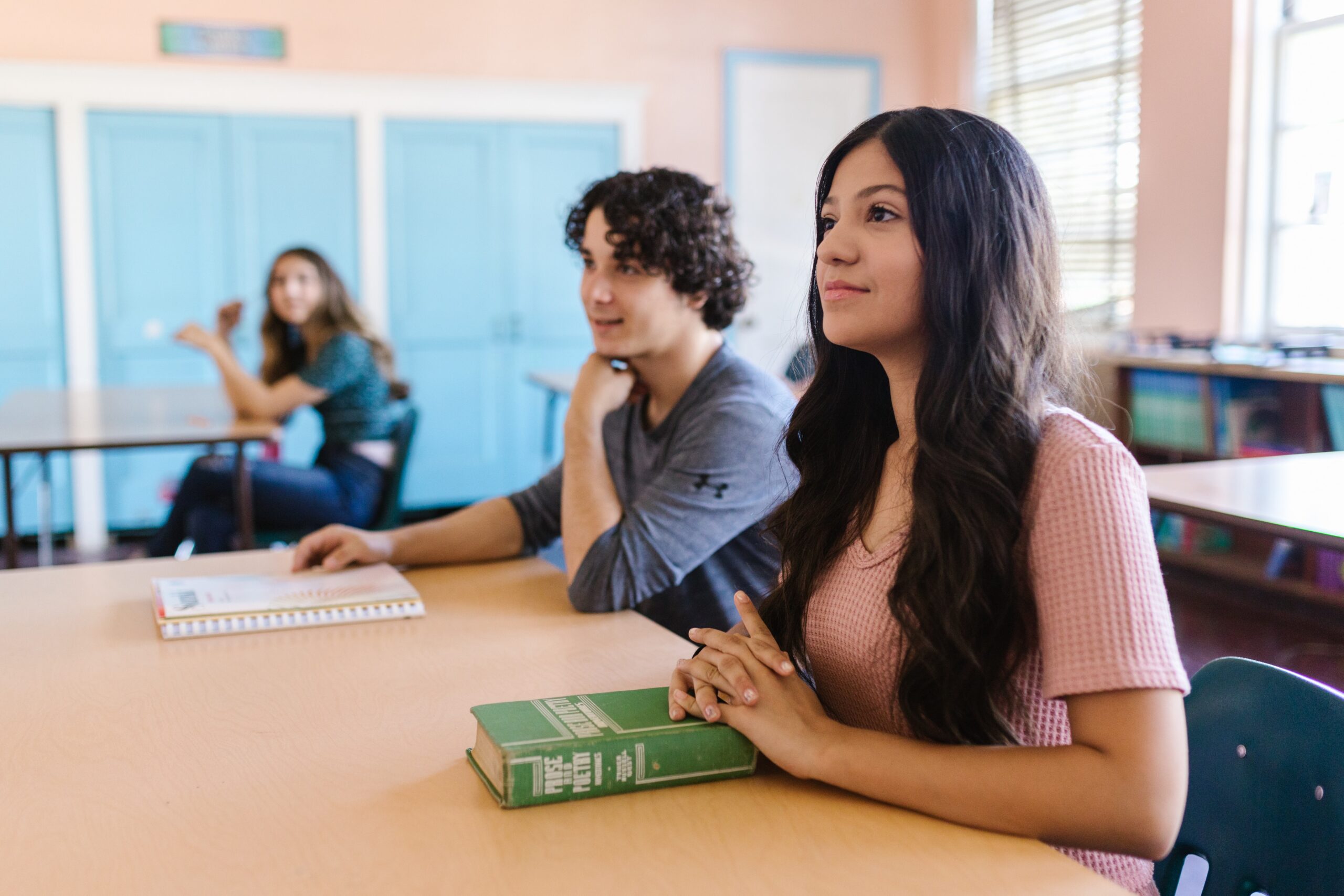
Navigating “Compassion Fatigue” as We Enter a New School Year
I met with fourteen C-suite-level leaders recently. They were from different industries, different age groups, different genders; but they all had something in common. When I asked them if leading people was more difficult today than it was when they first became leaders, each responded affirmatively.
“Absolutely!” said one.
“One hundred and ten percent!” replied another. The answer was a no-brainer.
This sent me on a path of interviews and research.
Why is it that people find leadership to be so complex today? The answer is likely a perfect storm of elements – from enduring a pandemic to polarized parent opinions to racial tensions to the outrage against leaders on social media. It’s enough to drive someone into early retirement. And that’s what some have chosen. According to NASSP data, 42 percent of principals want to leave their position. Last year, Fortune magazine featured an article called “The Great CEO Exodus of 2020.” During the first quarter of last year:
- The CEO of Disney resigned.
- The CEO of Lockheed Martin resigned.
- The CEO of Hulu resigned.
- The CEO of Nestle resigned.
- The CEO of IBM resigned.
- The CEO of MasterCard resigned.
- The CEO of LinkedIn resigned.
- The CEO of Volkswagen resigned.
- The CEO of Uber Eats resigned.
- The CEO of T-Mobile resigned.
- The CEO of MGM resigned.
- The CEO of Harley Davidson resigned.
To be clear, some of these leaders had planned to retire before COVID-19 surfaced around the world. At the same time, many chose an early resignation because the hassle just “wasn’t worth it anymore.” This is certainly true for educators.
Former principal Peter Dewitt says, “School leadership is not easy, and many of those who take the position have not necessarily had the professional learning and development to be successful. They are often handed the keys to the building, after they successfully interview for the position, and are then left to their own devices.”
This past year, however, we’ve experienced a new reason for feeling burnout.
Compassion Fatigue
Have you heard of this term-compassion fatigue? It is the cost of caring; the secondhand trauma developed from caring for a person who has experienced trauma for an extended period of time. Last school year, principals felt the strain of their teachers, and teachers felt the strain of their students. By the spring semester, millions felt they were at the end of their rope. In some school districts, the number was almost half with 49.6 percent of education workers resigning due to stress. According to Shayla Ewing, “The cost (of compassion fatigue) looks different for everyone, including experiencing extreme exhaustion, sleep disorders, increased anxiety, and self-isolation in some of the more serious cases.”
The trouble with compassion fatigue is educators know that compassion or empathy is part of their jobs. All good leaders manage others with compassion. But everyone has a “compassion capacity.” When we expand ourselves past our limit, we not only lose our ability to genuinely show empathy, but we can also morph into a frustrated or impatient person. Our problem is we become like the Habitude Starving Baker where we are so busy making sure others are fed we forget to eat and starve ourselves. So, how do we handle this as educators in the fall? Let me share some steps I’ve taken for my own leadership.
What I Do to Address Compassion Fatigue
When I experience compassion fatigue, I’ve noticed I get reenergized by learning something new. If I attend a workshop or conference that provides fresh insights or ideas for my own growth, I once again become passionate about why I do what I do. That’s it. I rediscover my “why.”
This is ultimately what leaders do naturally. They solve problems and serve people. Compassion fatigue makes this difficult. I’ve noticed the “law of reciprocals” can transform my life, however. When I don’t feel positive at all, when I am emotionally distraught, I often experience a metamorphosis when I do the very thing I don’t feel like doing. After I take a break (see item #2 on this list), I will reverse my negative emotions by doing something positive for a colleague, a friend, or a student. It’s even more impactful when I do it anonymously. No one sees it but me and the recipient. Since I am a creative person, I notice a turnaround internally when I create or write something helpful and positive. Everything reproduces after its kind. Positivity breeds positivity.
Last year, Growing Leaders hosted a virtual event called Leading When You Feel Like Leaving. We had more people register for that conference than any we’ve ever hosted. I think I know why. Most of us had an empty tank. As we prepare for the fall, let’s take these steps above to combat compassion fatigue. Students and staff deserve our best.







